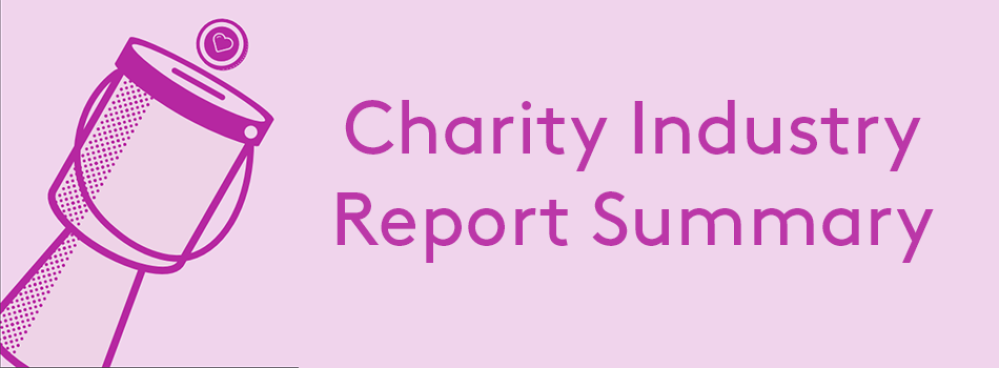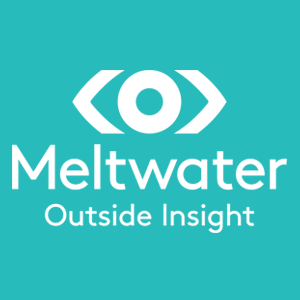Meltwater: Charity Report- Key Findings
22 Nov 2017

The report analyses online news and social media coverage for the top 10 charities in the UK & Ireland ranked using nfpSynergy’s research into brand awareness. Data found in this report is used to provide a window for those curious about industry-trending themes, influencers, highest-reaching stories, sentiment of coverage, share of voice, top languages and more. We’ve also thrown in a few top tips along the way to help you utilise the data in your own strategy!
Followers and likes are vanity metrics
Data shows that there is a weak correlation between the number of likes/ followers a charity has and the amount of engagement it receives on social media. We should, therefore, look at a range of metrics to fully understand whether people are engaging with our brand.
People prefer national charities over global charities
Oxfam and Save the Children had the highest number of online news mentions globally, holding a 43% share of voice between them. On the contrary, when analysing national coverage they were less popular, with only an 11.5% share of the coverage.
High advertising spend doesn’t guarantee social media engagement
Macmillan Cancer Support spent the most on advertising out of the 10 charities analysed, yet the charity was one of the least frequently mentioned on both social media and in online news. This suggests that paid-for media does not guarantee earned media, nor does it ensure increased engagement.
In contrast, the RSPCA, the British Red Cross and the NSPCC spent significantly less on advertising and ranked higher for social media and online news mentions.
Aggressive fundraising is no longer dominating the headlines
Press coverage surrounding ‘aggressive fundraising’ decreased by 84% a year on from the aggressive fundraising scandals that took place in 2015/16. However, this lack of coverage may be due to long-running political dramas holding the media’s interest and pushing the scandal out of headlines.
82% of journalists think the level of critical stories about charities will increase or stay the same over the coming year.
In May 2017, nfpSynergy asked 150 journalists how much critical coverage will appear in the media this year. The majority thought negative coverage would increase or stay the same.
Is December really the best time for charity campaigns?
 As many of us are aware, charities often see an increase in donations over the Christmas period. Our analysis showed that almost every charity analysed saw a large spike in social media and/ or news coverage during December. December continues to be the optimum time for charities to engage with journalists and the public through social media campaigns.
As many of us are aware, charities often see an increase in donations over the Christmas period. Our analysis showed that almost every charity analysed saw a large spike in social media and/ or news coverage during December. December continues to be the optimum time for charities to engage with journalists and the public through social media campaigns.
Charities are struggling to get their voices heard

We discovered that many charities lacked social media and editorial coverage aside from being mentioned within external breaking news stories. This lack of regular engagement presents a missed opportunity for charities.
Read the full report at meltwater.com/uk/insights/charity-report


Please login to comment.
Comments